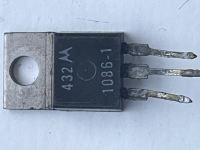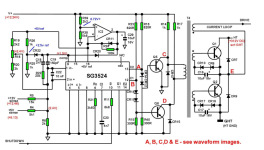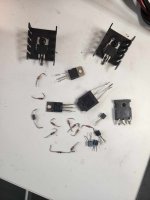Nama
Veteran Member
Hi all, a friend and I have been working or resurrecting a 5160 PSU (220v). It's been a mission!
We have replaces a number of components that were either obviously dead or corroded and crumbling.
Unfortunately, still no luck getting it to work.
I was wondering if anyone recognises this part (see attached), and what would be a modern main switching transistors replacement.
The two on the board are dead, so I got some some J13007 transistors as we I thought they would work well...now it looks like these replacement transistors are not compatible as they do not switch on, even with the drive on the base looking ok.
Anyway, if anyone can help with identifying a modern replacement would be most appreciated.
Thanks

We have replaces a number of components that were either obviously dead or corroded and crumbling.
Unfortunately, still no luck getting it to work.
I was wondering if anyone recognises this part (see attached), and what would be a modern main switching transistors replacement.
The two on the board are dead, so I got some some J13007 transistors as we I thought they would work well...now it looks like these replacement transistors are not compatible as they do not switch on, even with the drive on the base looking ok.
Anyway, if anyone can help with identifying a modern replacement would be most appreciated.
Thanks





